Recombinant Human CTSA protein(Met1-Tyr480), His-tagged
| Cat.No. : | CTSA-895H |
| Product Overview : | Recombinant Human cathepsin A isoform b (Met 1-Tyr 480) (NP_001121167.1) was expressed in HEK293 with a N-terminal signal peptide and a C-terminal polyhistidine tag. |
- Specification
- Gene Information
- Related Products
- Case Study
- Application
- Download
| Species : | Human |
| Source : | HEK293 |
| Tag : | His |
| Protein Length : | Met1-Tyr480 |
| Form : | Lyophilized from sterile 25mM Tris, 0.15mM NaCl, pH 7.8. Normally 5 % - 8 % trehalose, mannitol and 0.01% Tween80 are added as protectants before lyophilization. |
| Molecular Mass : | The secreted recombinant human CTSA existing as a single-chain form consists of 463 amino acids and has a predicted molecular mass of 53 kDa as estimated by SDS-PAGE under reducing conditions. |
| Endotoxin : | < 1.0 EU per μg of the protein as determined by the LAL method. |
| Purity : | > 90 % as determined by SDS-PAGE |
| Storage : | Samples are stable for up to twelve months from date of receipt at -20°C to -80°C. Store it under sterile conditions at -20°C to -80°C. It is recommended that the protein be aliquoted for optimal storage. Avoid repeated freeze-thaw cycles. |
| Reconstitution : | It is recommended that sterile water be added to the vial to prepare a stock solution of 0.2 ug/ul. Centrifuge the vial at 4°C before opening to recover the entire contents. |
| Gene Name | CTSA cathepsin A [ Homo sapiens ] |
| Official Symbol | CTSA |
| Synonyms | CTSA; cathepsin A; GSL, PPGB, protective protein for beta galactosidase (galactosialidosis); lysosomal protective protein; carboxypeptidase C; carboxypeptidase Y like kininase; carboxypeptidase L; deamidase; lysosomal carboxypeptidase A; urinary kininase; carboxypeptidase-L; beta-galactosidase 2; protective protein cathepsin A; carboxypeptidase Y-like kininase; beta-galactosidase protective protein; GSL; GLB2; NGBE; PPCA; PPGB; |
| Gene ID | 5476 |
| mRNA Refseq | NM_000308 |
| Protein Refseq | NP_000299 |
| MIM | 613111 |
| UniProt ID | P10619 |
| ◆ Recombinant Proteins | ||
| CTSA-895H | Recombinant Human CTSA protein(Met1-Tyr480), His-tagged | +Inquiry |
| Ctsa-2366M | Recombinant Mouse Ctsa Protein, Myc/DDK-tagged | +Inquiry |
| CTSA-1374H | Recombinant Human CTSA Protein (Ala29-Tyr480), C-His tagged | +Inquiry |
| Ctsa-875R | Recombinant Rat Ctsa Protein, His-tagged | +Inquiry |
| CTSA-491P | Recombinant Pig CTSA Protein, His/GST-tagged | +Inquiry |
| ◆ Cell & Tissue Lysates | ||
| CTSA-2399MCL | Recombinant Mouse CTSA cell lysate | +Inquiry |
| CTSA-3026HCL | Recombinant Human CTSA cell lysate | +Inquiry |
Case 1: Hu B, et al. Mol Med Rep. 2020
CTSA is upregulated in lung adenocarcinoma (LUAD) tissues and promotes tumor progression by enhancing proliferation, migration, and invasion of A549 cells. TCGA data analysis confirms elevated CTSA expression in LUAD. Silencing CTSA induces G0/G1 cell cycle arrest, reduces proliferative markers (p53/p21/PCNA), and suppresses epithelial-mesenchymal transition (EMT) via E-cadherin upregulation and N-cadherin/β-catenin downregulation. This study provides first evidence of CTSA’s oncogenic role in LUAD, highlighting its potential as a therapeutic target for inhibiting malignant behavior in lung cancer.
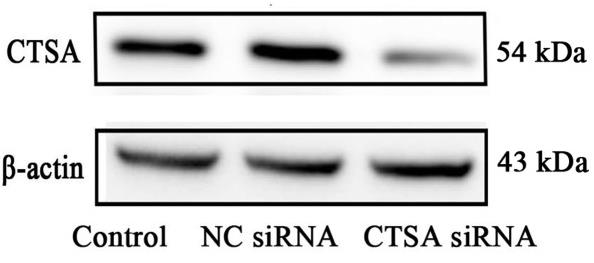
Fig1. CTSA protein expression levels were determined by western blotting.
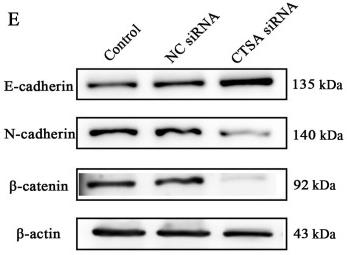
Fig2. Protein expression levels of E-cadherin, N-cadherin and β-catenin were determined by western blotting.
Case 2: Reich M, et al. Immunol Lett. 2010
Cathepsin A (CatA) is expressed in human antigen-presenting cells (APCs), including B cells, myeloid dendritic subsets (mDC1/mDC2), and plasmacytoid DCs. Serine protease inhibition in B-cell lysosomes blocks C-terminal amino acid release from model peptides, except proline-rich variants, suggesting CatA’s role in MHC class II antigen processing. These findings clarify CatA’s involvement in APC-mediated immune regulation, linking its enzymatic activity to peptide modification and invariant chain degradation, with implications for autoimmune and inflammatory disease therapies.
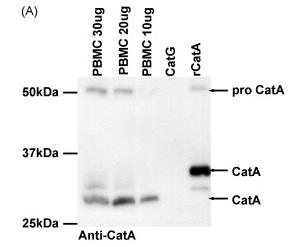
Fig1. CatA was visualized by immunoblot analysis in human peripheral blood mononuclear cells.
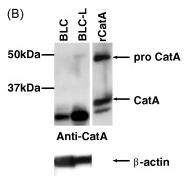
Fig2. CatA-specific western blot.
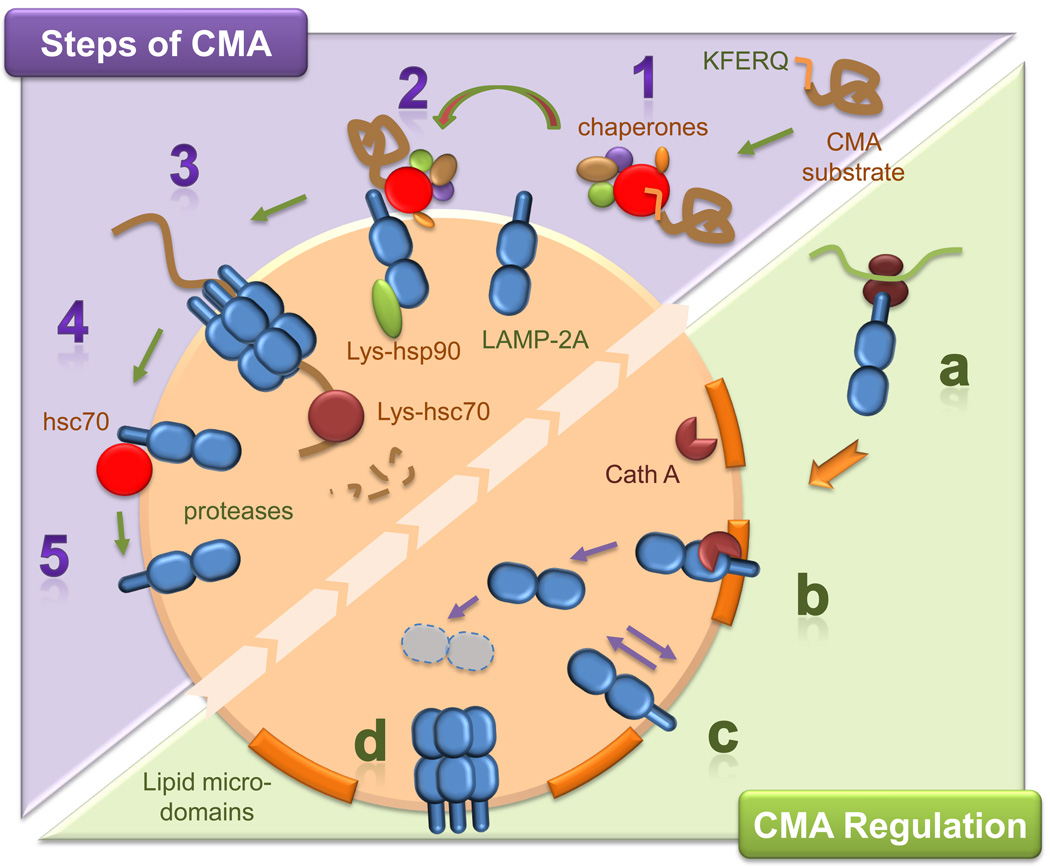
Fig1. Schematic representation of the steps and regulatory mechanisms of CMA. (Samantha J Orenstein, 2010)
Not For Human Consumption!
Inquiry
- Reviews
- Q&As
Ask a Question for All CTSA Products
Required fields are marked with *
My Review for All CTSA Products
Required fields are marked with *
Inquiry Basket


